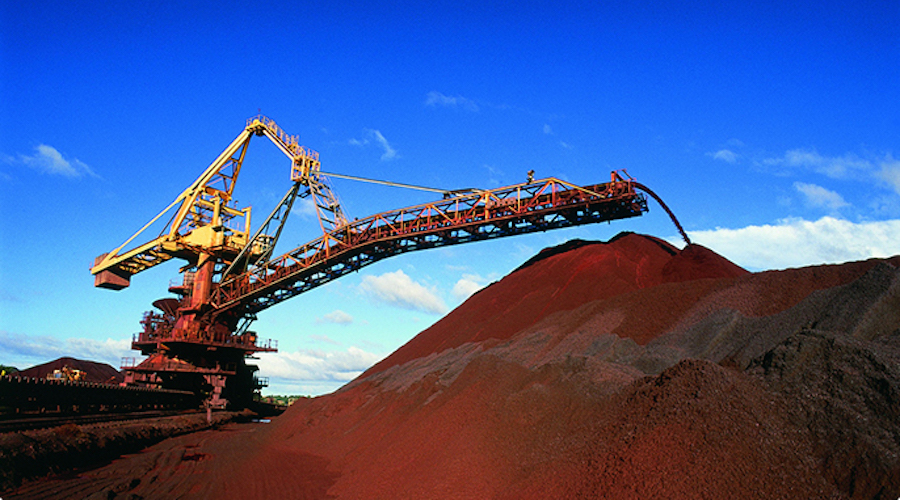
Brazil’s Vale SA on Tuesday posted a sharp output decline and $671 million in net additional provisions stemming from a deadly dam burst about a year ago, underlining the enduring effects of the incident on the iron ore giant.
In a statement, the company reported a 22.4% fall in fourth-quarter iron ore production from the same period last year and a 9.6% drop in quarterly terms. With that, Vale officially lost its position in 2019 as the world’s top iron ore producer to Rio Tinto.
In addition to a drop in iron ore output, Vale reported a fall in fourth-quarter production in annual terms for all other products
In late January 2019, a Vale-owned tailings dam in the town of Brumadinho burst, killing some 270 people. The incident led to serious production stoppages, pledges by Vale to reconstruct or decommission many of its other dams and the firing of a number of executives.
In a filing, Vale said it was decreasing the provisions previously allotted to “decharacterizing,” or modifying some smaller internal dikes, at nine dams similar to the one that burst last year by $447 million.
However, the company said it will be decharacterizing some smaller internal dikes at some dams, which will lead to an additional $315 million in provisions.
Additionally, the company said, regulations released in August require the decharacterization of some “drained stack structures,” which are a different kind of commonly used tailings dam. That process will require an additional $716 million in provisions, it said.
Including other smaller adjustments, the total negative effect of the new provisions will be $671 million, which will be formally recognized when full-year financial results are released on Feb. 20, the company said.
In addition to a drop in iron ore output, Vale reported a fall in fourth-quarter production in annual terms for all other products, with pellet and coal production falling some 40.5% and 39.6%, respectively.
The company left its 2020 iron ore production guidance unchanged, but revised its pellet production forecast down to 44 million tonnes from 49 million, partly as a result of the suspension of the Laranjeiras dam over stability concerns.
Credit Suisse said in a note that the additional provisions and production figures were disappointing, but also said Vale iron ore sales exceeded expectations, thanks to inventory drawdowns.
Industry analysts were also pleased that Vale kept its 2020 iron ore production guidance steady at 340 million to 355 million tonnes.
Brazil-listed common shares in Vale were up 3.7% in afternoon trade, as China iron ore futures registered their biggest one-day gain in seven months. Brazil’s benchmark Bovespa equities index was up 2.5%.
($1 = 4.30 reais)
(By Gram Slattery, Marta Nogueira and Stephen Eisenhammer; Editing by Christian Plumb, Steve Orlofsky and Richard Chang)
Comments